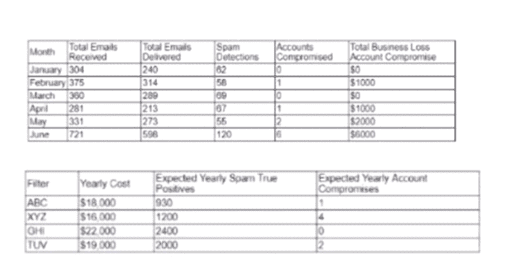A security technician is trying to connect a remote site to the central office over a site-to-site VPN. The technician has verified the source and destination IP addresses are correct, but the technician is unable to get the remote site to connect. The following error message keeps repeating:
"An error has occurred during Phase 1 handshake. Deleting keys and retrying..."
Which of the following is most likely the reason the connection is failing?
Show Answer
Hide Answer
Correct Answer:
A
TheIKE (Internet Key Exchange)Phase 1 handshake error indicates a failure in negotiating a secure connection.
Option A:The IKE hashing algorithm mismatch, including key lengths, often causes such failures. Both VPN devices must agree on compatible algorithms and key lengths for the handshake to succeed.
Option B:Multiple cipher suites do not inherently cause errors; they provide flexibility during negotiation.
Option C:While using a legacy Diffie-Hellman group is less secure, it does not typically cause the handshake to fail unless explicitly rejected.
Option D:Site-to-site VPNs do not use SSL/TLS; they rely on IPSec protocols, making this irrelevant.
CompTIA CASP+ Exam Objective 2.2: Implement network security solutions, including VPN configurations.
CASP+ Study Guide, 5th Edition, Chapter 7, VPN Technologies and Troubleshooting.


